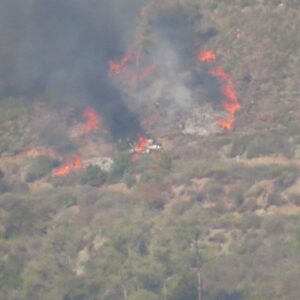
Click to see full-size image
Written by Khaled Iskef
Following an agreement with Hay’at Tahrir al-Sham (HTS), the militants of Jund al-Sham withdrew from areas of their deployment in Lattakia countryside. However, clashes in the area continue.
Local sources reported that the faction’s leader Muslim al-Shishani, accompanied by his 70 militants, agreed on the implementation of the ceasefire with Al-Nusra, which had launched a security campaign targeting the headquarters of his faction in the area, provoking violent clashes between the two parties. Following the Al-Nusra’s reinforcements sent to areas of the group’s deployment, whether in Turkmen’s mountain in Lattakia or in Jisr al-Shughur in the southwest of Idlib, al-Shishani had surrendered in order to end the clashes and left the area without confirming his next destination.

Click to see full-size image
However, the al-Shishani’s decision did not stop the bloodshed. Fighting in the Jabal at-Turkman area in the north of Latakia continues for the second day in row.
HTS’s offensive targeted the Jund Allah faction, which mainly consists of jihadists from Azerbaijan and is led by Abu-Fatima al-Turki. HTS, the de facto ruler of Greater Idlib, accused the faction of recruiting militants from the Hurras al-Deen extremist organization, who are wanted by HTS.

Click to see full-size image
According to reports, Jund Allah lost a large-caliber machine gun during the clashes, one of the militants of the group was captured by the HTS.
Jund Allah released a statement, blaming HTS for tyranny, saying that it had previously targeted its militants in order to dominate areas of their deployment, which they withdrew from to prevent the bloodshed. In its turn, HTS replied that the faction’s militants were targeting the Turkish forces in Idlib.
HTS, classified on the list of international terrorism, had already fought Ikhwat al-Manhaj, a jihadist faction, which was allied with it before in an attempt to solely dominate areas of its deployment in the north west of Syria.





